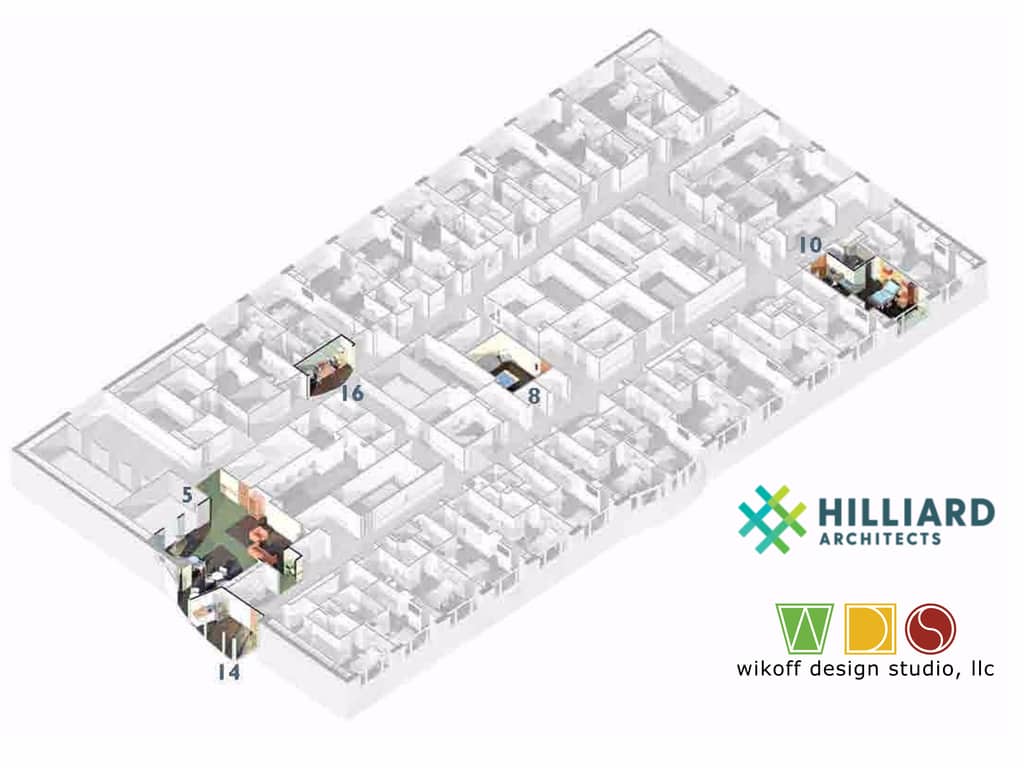Blog
A Well-Designed Hospital Comes From a Lean Process
 What comes to mind when you hear the words “well-designed”? Perhaps it’s a car, a website, a smart phone or even a good suit. No matter what it is, what is that thing that makes it better than the next?
What comes to mind when you hear the words “well-designed”? Perhaps it’s a car, a website, a smart phone or even a good suit. No matter what it is, what is that thing that makes it better than the next?
Take a well-designed website as an example. On a well-design website, you can find what you are looking for without any frustration. Navigating from page to page feels effortless. Simple tasks such as finding a phone number are just that, simple. On a well-designed website, a pop-up might appear with a “Contact Us” message right when you have a question. Wow, you think, ‘How did they do that? How did they anticipate my next move?’
The answer to any well-designed thing is that it didn’t just happen that way. There is a systematic process that includes several phases. Many people know this process as Lean Manufacturing, made famous by Toyota in the 1990s. The lean model uses a procedure to first identify problems, second, define an approach to remedy the problem, third, to build and test the approach, fourth, evaluate the outcomes and either publish or refine and begin the process again. The procedure can go on and on until waste is reduced and the results are near perfect. Following the lean model for production ensures that the end result is something that can be classified as well-designed. When the lean manufacturing model is applied to healthcare design, it happens the same way. A perfect example is the Sacramento VA Medical Center.
Lean Manufacturing Model Used to Design Sacramento VA Medical Center
The desire to build a well-designed hospital is the motive behind the recent 4th floor renovations that have been happening at the Sacramento VA Medical Center. The implementation of their redesign follows the lean manufacturing model. Rather than do an entire redesign all at once, the VA Administration decided to follow the lean manufacturing model which meant that each design would be broken up, tested, evaluated and revised until the results showed efficiency.
Models Built to Test
To begin, the VA administration design team identified their goals and the current problems they face. Next they decided that Evidence Based Design or EBD techniques would be the best approach to the problems. The EBD principles state that all design decisions can and should benefit the patient, their family, the staff and the hospital’s bottom line. Next, the VA design team asked healthcare design experts Hilliard Architects Inc. and Wikoff Design Studio to build five model rooms. The rooms were to be built onsite for the sole purpose of testing and acquiring feedback from the same staff who will eventually work in the final environment.
During the testing phase, the staff is asked to visit each model room and go through their everyday workflows. The VA administration is collecting feedback from every member of the staff. Once the data is gathered. It will be evaluated and adjustments will be made to the model. This exciting approach is sure to result in a well-design hospital. Sure, it might take a little longer but the outcome will save time and money in the end and above all serve the patients and the staff. After all, a lean organization understands customer needs and focuses its key processes to attend to those needs and increase value.
About the Models
Hilliard Architects Inc. and Wikoff Design Studio put together five initial room designs. They built the following models:
- Patient Room
- Family Area
- Family Conference Room
- Nurses Station
- Staff Lounge
Each model includes the latest in healthcare design trends heavily influenced by Evidence Based Research which proves design decisions can improve the patient and staff experience as well as the hospital’s bottom line. The models are designed to provide patients and their families with the utmost care and streamline the tasks of hospital staff. Architectural and interior design modifications are made specifically to improve staff workflow and prevent injury and infection. The models use simple way-finding techniques that help people easily navigate the hospital.
Materials are used that are warm and inviting. Art pieces are thoughtfully chosen to provide a positive and comforting environment in both form and function. Some art pieces even double as adjustable lighting. Extra space was created for families inside the patient room. A large family area that looks like a rec center was created to entice more family time and to motivate patients to get up and move around in a comfortable environment. Conference areas were set up and designed to give privacy for those sometimes difficult conversations. The nurse’s station was built near the patient room so that the nurse on staff would spend less time walking from one end of the hospital to the other. Every aspect of the design is meant to promote health and well-being.
Sources:
- Hilliard Architects https://hilliardarchitects.com/about/
- Wikoff Design Studio https://wikoffdesignstudio.com/
Keywords/Tags (separate with comma): Healthcare, Interior Design, Healthcare Design, Lean, Lean Manufacturing, Evidence Based Design, EBD, Evidence Based Research, Wikoff Design Studio, Hilliard Architects, Sacramento VA Medical Center







